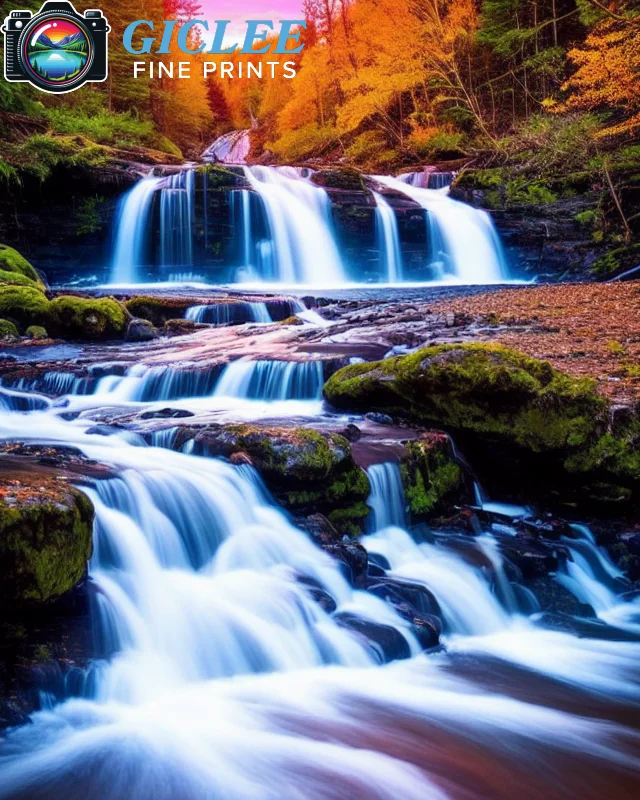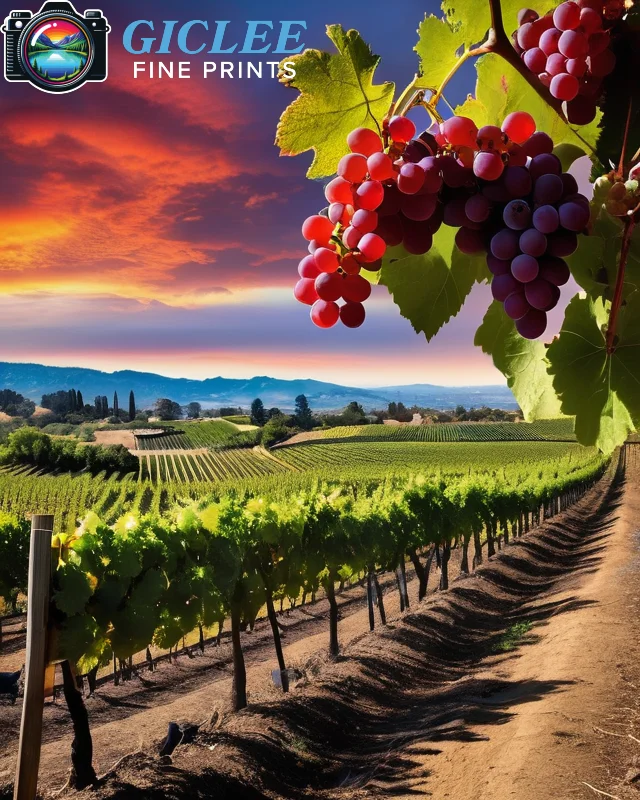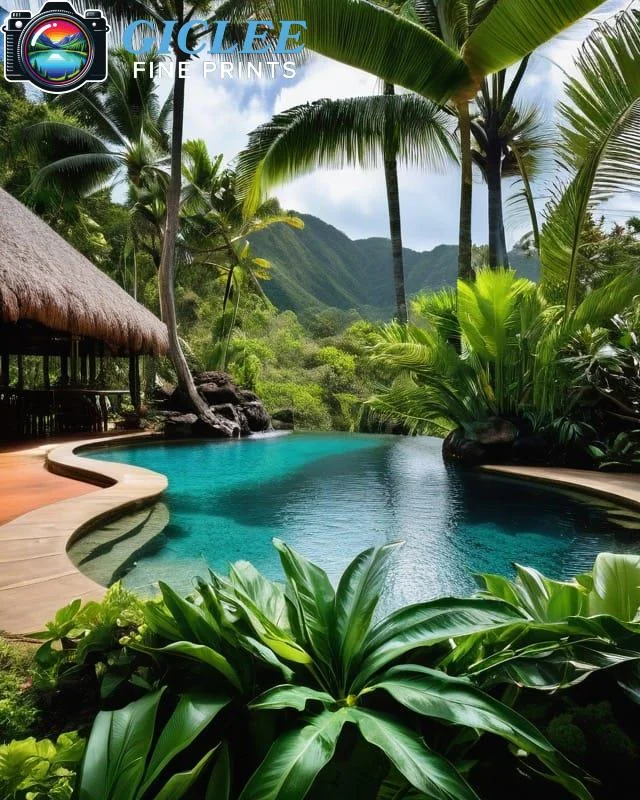
Turning your digital photo into a large print is a great way to show off your work in a big, bold way! Whether you’re printing on canvas, fine art paper, metal, or peel-and-stick wall art, making a large print can highlight all the little details in your image. It can also create a statement piece that draws people’s attention. At Giclee Fine Prints, we help artists and photographers turn their digital photos into stunning large prints.
Start with High-Resolution Images
The first step to making a great large print is starting with a high-quality image. The more detail you have in your photo, the better it will look when it’s enlarged.
Recommendations:
- Shoot in RAW format to keep the most data in your photo.
- Use a high-megapixel camera if your goal is to print large.
- Aim for at least 300 DPI at the size you want to print. This ensures the image stays sharp and clear.

Calibrate Your Editing Environment
When you’re editing your photo, it’s important that your colors and exposure are just right. A small mistake, like the wrong color or dark shadows, might not be noticeable on your screen, but it will show up when you make the print larger.
How to get it right:
- Use a calibration tool to make sure your monitor shows colors accurately.
- Edit your photos in a room with good, even lighting.
- Use soft-proofing in your editing software to see how your photo will look on different materials like canvas, fine art paper, or metal.
Mind the Composition
When you make your photo bigger, think about how it will look at a larger size. Sometimes cropping (cutting part of the image) or changing the aspect ratio (the shape of the image) can make the print look even better.
Tips:
- Remove distractions from the edges of the image.
- Crop to emphasize the main subject in the picture.
- Try different aspect ratios, like panoramic, for a striking effect, especially for landscapes.

Smart Sharpening and Noise Reduction
Enlarging an image can make it look sharper, but it can also make imperfections more obvious. Use careful sharpening to bring out the details, and reduce noise (tiny, unwanted dots) to keep the image looking clean.
Techniques:
- Selective sharpening: Focus on the edges and textures, not areas like the sky.
- Apply noise reduction only where needed, like in smooth areas.
- Check your image at 100% on-screen before making final changes.
Choose the Right Print Medium
Each type of print material (like canvas or metal) changes the look of your photo. Choosing the right material for your photo can make it look even better.
Popular Print Materials:
- Canvas: Adds a painterly, textured feel—perfect for portraits or landscapes.
- Fine Art Paper: Great for photos that need subtle details and smooth color.
- Metal Prints: Has a shiny finish and bold colors, ideal for modern, high-contrast photos.
- Peel-and-Stick Wall Art: Easy to hang and remove, great for temporary or changing displays.
Contact Us
Our address is: 3816 Pioneer Trail Ste #3, South Lake Tahoe, CA 96150
Email: Info@gicleefineprints.com
FAQs
It’s possible, but it depends on the resolution (detail) of the photo. High-end smartphones can handle moderate enlargements, but for really large prints, start with the highest resolution possible.
Make sure your monitor is calibrated, use soft-proofing with ICC profiles, and work with a trusted printer like Giclee Fine Prints. These steps will help keep your print’s colors accurate.
Most orders are processed within a few business days. If you have a special or custom order, it might take a little longer, but you can always contact us for more details.


